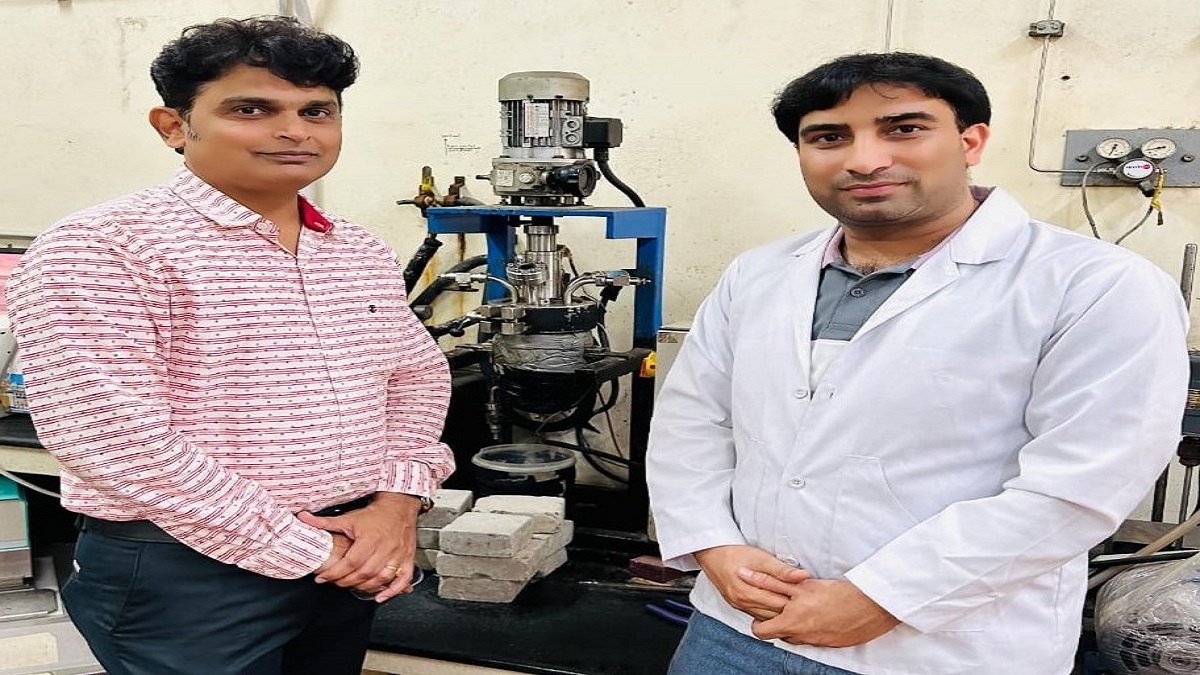IIT Madras Researchers Discover Potential CO2 Sinks in Indian Ocean and Bay of Bengal
Researchers at IIT Madras have identified the Indian Ocean and Bay of Bengal as potential sites for large-scale CO2 storage. Their research suggests this method could aid global decarbonization efforts without harming marine ecosystems. Know details here
Researchers at the Indian Institute of Technology (IIT) Madras have discovered that the Indian Ocean and the Bay of Bengal could serve as effective storage sites for capturing and storing substantial amounts of carbon dioxide (CO2). This method, known as 'CO2 sequestration,' involves using the ocean as a reservoir to store greenhouse gases, which could aid in reducing carbon emissions from industrial areas.
The team found that CO2 can be permanently sequestered in the ocean as solid hydrate below depths of 500 meters using liquid CO2, potentially aiding in achieving carbon neutrality for industrial clusters. This research can also help India achieve its National decarbonisation and climate change goals.
Key Findings of IIT Madras Research
- Beyond 2,800 m of sea depth, CO2 liquid is denser than seawater
- Thus, beyond 2800 m sea depth, CO2 can be stored permanently in the form of liquid pool and solid hydrate
- It will not permit any reemission into the atmosphere owing to the gravitational and permeability barrier offered by subsea sediments
- The subsea clay sediments improve the mechanical and thermal stability of gas hydrates which help for long-term CO2 storage potential.
The captured CO2 can form an eco-friendly ice-like substance known as 'Gas Hydrates'. A cubic meter of gas hydrate can trap around 150-170 cubic meters of CO2 in ocean depths beyond 500 meters. This method holds significant potential for decarbonizing India's industrial areas. The study outlines strategies for large-scale CO2 sequestration in subsea sediments, aiding scientific efforts to achieve India's net-zero goals.
The research was led by Prof. Jitendra Sangwai, Department of Chemical Engineering, IIT Madras, and Mr. Yogendra Kumar Mishra, Research Scholar (Prime Ministers Research Fellow), IIT Madras.
Highlighting the importance of this research to India, Prof. Jitendra Sangwai, Department of Chemical Engineering, IIT Madras, said, “Methane hydrates have been in the ocean for millions of years without affecting the environment. Methane is a more potent greenhouse gas than CO2. This attracts researchers to explore the ocean to store CO2 permanently. Our analysis shows that at above 2,800 m depth, CO2 is denser than seawater, which offers an additional gravitation barrier for CO2 to escape.”
Elaborating further, Yogendra Kumar Mishra, Research Scholar (Prime Ministers Research Fellow), IIT Madras, said, “There are different ways to sequester CO2 to reduce its impact on the environment. Using the ocean as a CO2 storage sink is an attractive proposition but storing CO2 directly into the ocean at shallow depth can harm marine life. Hence, CO2 needs to be stored permanently in the ocean in the form of liquid pools or solid hydrates beyond a certain depth.”
Read More
Follow Shiksha.com for latest education news in detail on Exam Results, Dates, Admit Cards, & Schedules, Colleges & Universities news related to Admissions & Courses, Board exams, Scholarships, Careers, Education Events, New education policies & Regulations.
To get in touch with Shiksha news team, please write to us at news@shiksha.com

Comments
Latest News
Next Story

Sanjana Surbhi is education-focused content specialist at Shiksha.com with over five years of experience in education sector. She covers engineering and government exams. She holds Bachelor’s degree in Mass Communic
Read Full Bio